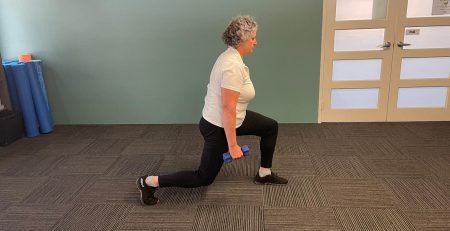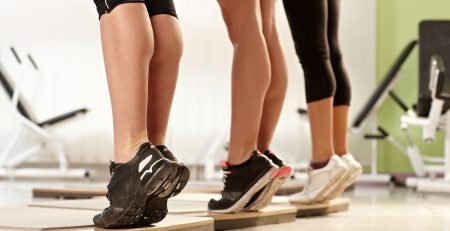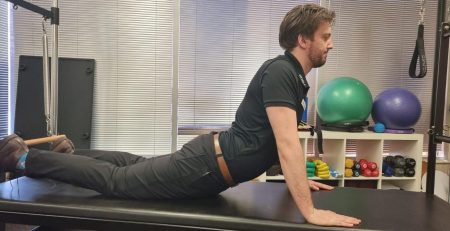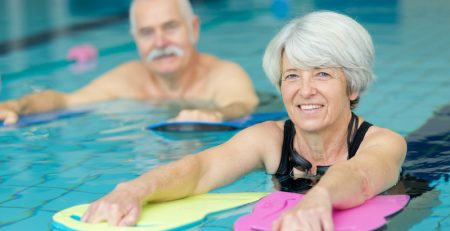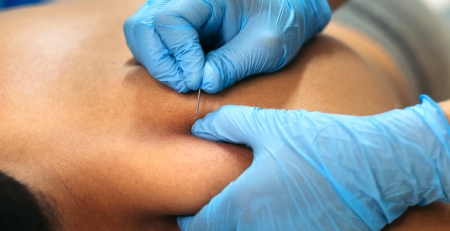Occupational Vs leisure time physical activity
Learn more on the differences between occupational and leisure time physical activity that may contribute to the difference in health outcomes.
It is well documented within the literature that leisure time (outside of work) physical activity is the single best thing we can do for our health and leads to improved health outcomes. As physiotherapists, we spend a lot of time working with our patients to increase physical activity. One of the common barriers we face when encouraging people to be more active is being told by our patients that they do enough exercise at work. However; there is increasing evidence to suggest that occupational (job related) physical activity does not have the same positive effects as leisure time physical activity, and may in fact be detrimental to our health.
This difference between leisure time and occupational physical activity has been termed “the physical activity paradox”. This months’ blog will focus on the differences between occupational and leisure time physical activity that may contribute to the difference in health outcomes.
A recent paper has looked at the differences between leisure time and occupational physical activity. It has proposed the following six reasons for why the physical activity paradox exists.
- The physical activity performed while at work is of too low an intensity or for too long a duration to maintain or improve health and fitness. Research shows that to improve cardiovascular fitness, an intensity of >60-80% of maximal aerobic capacity is required for a minimum of 12-15 minutes.
- Occupational physical activity results in an elevated 24 hour rate (your heart rate increases during and immediately after physical activity). Having an elevated heart rate for a prolonged period of time is an independent risk factor for cardiovascular disease and mortality.
- Occupational physical activity that involves heavy lifting and/or static postures causes an increase in 24 hour blood pressure, which is another risk factor for cardiovascular disease. Leisure time physical activity may also involve heavy lifting, but occurs for much shorter time periods and thus does not have the same effect.
- There is often insufficient recovery time with occupational physical activity, as it is usually performed for long periods of time over consecutive days. This can lead to fatigue and exhaustion, which may increase the risk for developing cardiovascular disease.
- Occupational physical activity is often performed with low or limited worker control over such things as climate, shade, hydration, rest/break times, work tasks, speed and schedule. This can again lead to exhaustion and fatigue.
- During physical activity, markers of inflammation increase, which is not a problem if for a short period of time and there is a sufficient recovery period. However, when physical activity is performed for longer durations of time with minimal recovery as is the case with occupational physical activity, it leads to sustained inflammation, which may potentially result in atherosclerosis and cardiovascular diseases.
It is known that people who have a high amount of occupational physical activity often do not participate (or have low participation) in leisure time physical activity. Given the above points, it is especially important for those who do have physically active jobs to also engage in physical activity in their own time. This has been shown to have a positive effect on physically active workers, reducing the amount of time had off work due to illness.
So remember – even if you are physically active throughout your work day, it is still vital to include leisure time physical activity to improve your health and reduce your risk of developing cardiovascular disease.
At Central Bassendean Physiotherapy our Physiotherapists can help get you more active during your leisure time and are experts at achieving this if you have musculoskeletal pain or discomfort. You can BOOK HERE or Call us to make an appointment at 9279 7411
References:
The health paradox of occupational and leisure-time physical activity
A Holtermann, J V Hansen, H Burr, K Søgaard, G Sjøgaard
The physical activity paradox: six reasons why occupational physical activity (OPA) does not confer the cardiovascular health benefits that leisure time physical activity does
Andreas Holtermann, Niklas Krause, Allard J van der Beek, Leon Straker
Author
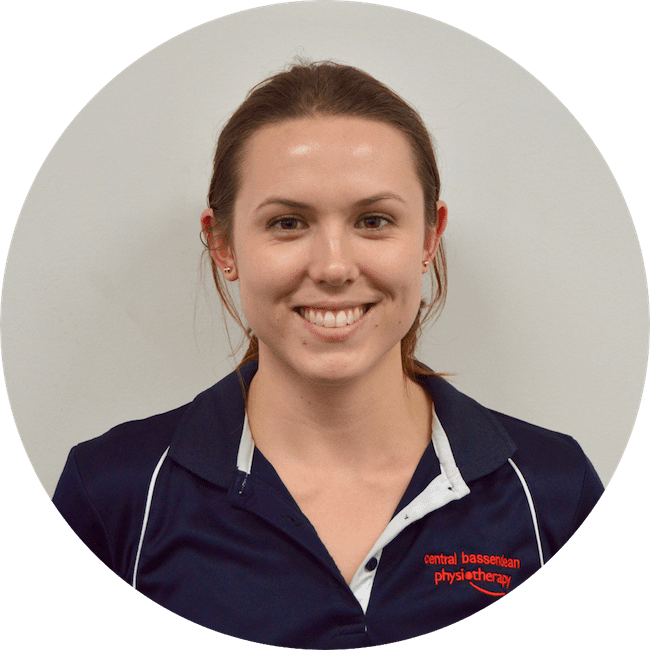
Jezamine Johnson
Physiotherapist / Pilates Instructor
Curtin University 2013
This month’s blog post is by our Physiotherapist Jezamine Johnson.
Jezamine has a keen interest in managing chronic conditions, particularly low back pain, and non-musculoskeletal conditions such as COPD. She also enjoys assisting in rehabilitation of sports people following an injury. In addition to treating at the clinic, Jezamine also runs our Hydrotherapy sessions at Bayswater Waves, as well as Pilates informed Physiotherapy classes.
When not at work, Jezamine likes to keep active by playing netball for North Dianella Netball Club and getting out and about with her fur-baby, Henry.



